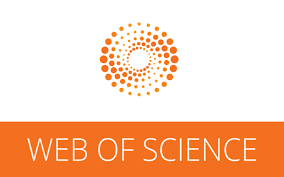MODERN DIRECTIONS IN ARCHAEOLOGY, A STUDY OF THE SUPPORTING HUMANITIES AND APPLIED SCIENCES
Sažetak
At its beginning, archeology was a description of stone buildings and huge tombs that remained visible above the ground and resisted the elements of nature. Then it became a distinct science that relied on all possible documents without limitation and benefited from the methods and data of most sciences. There has been a shift in the development of archeology in the last twenty years, and an intellectual and methodological division occurred in the subject of archaeology between a traditional archaeological school and a modern method. In the past, archeology relied on classifying and classifying discovered objects and bringing them together.
After the discovery of absolute modern dating methods, the archaeologist has a powerful weapon with which to address the problem of determining the time of things, which is one of the most important goals of research and excavation.
Archeology also benefited from new elements in the field of physical and natural sciences, such as botany, zoology, and ecology, and such sciences became an important tool for interpreting archaeological problems, such as knowledge of the development of agriculture, the beginning of animal hybridization, and differences in the natural climate and its developments over previous times.







